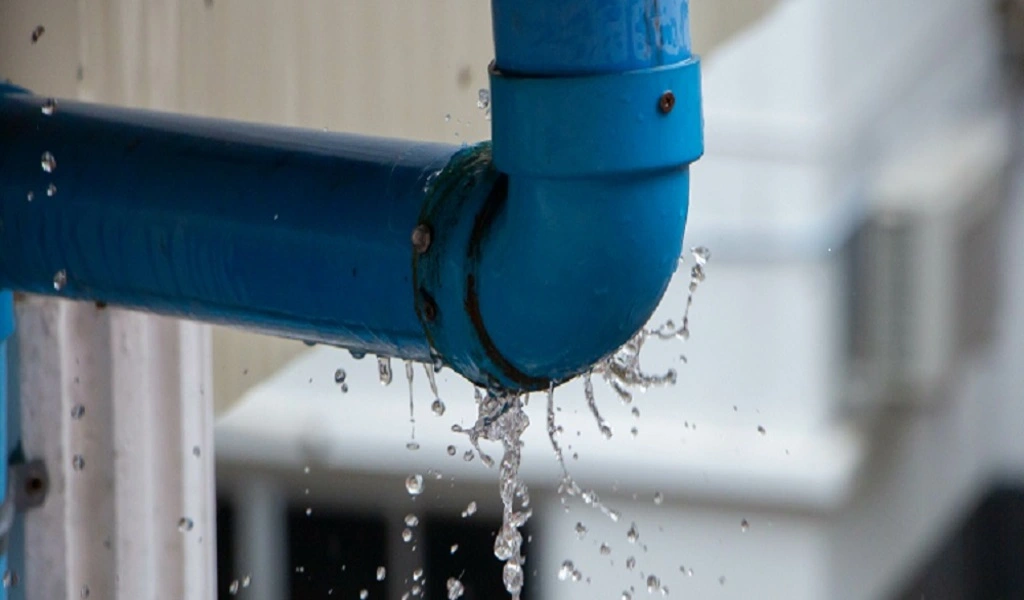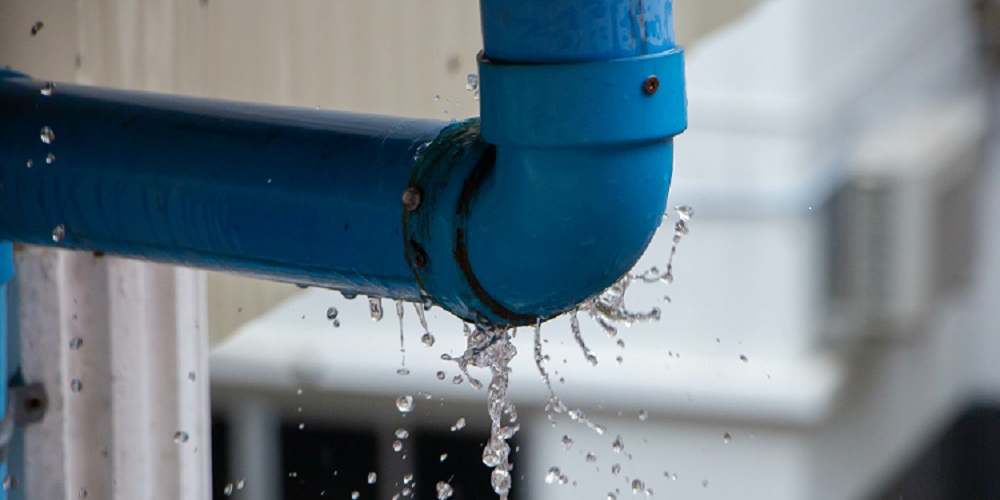Leaks in your pipes can be tricky to detect. A small leak might not seem like a big deal, but it can waste hundreds of gallons of water every day. Moreover, a leaky pipe can cause major damage to your home if left unchecked.
In addition to these methods, integrating advanced systems like a commercial water meter with LoRa and LoRaWAN solutions can provide businesses with sophisticated monitoring capabilities, ensuring precise leak detection and water management on a larger scale.
These leaks could be anywhere from the roof, gutters, and drainages to downpipes. That’s why it’s necessary to know how to test for leaks in your pipes and get them fixed. Also, fortunately, there is more than one way you can detect pipe leakages before your home is flooded.
Here are 7 tests to help you detect leaks in the pipes.
1. Water Metre Test
The water metre test is an easy way to determine if there is a leak in the water line leading into your house. It is a simple leak detection method that you can do yourself without the help of a professional.
Start by turning off all the faucets inside and outside of your house, locate the main water meter and check the dial. Leave it for an hour or two, and check the metre. If it’s spinning, then there’s a leak somewhere in the line.
Once you detect the leak, you must inevitably call your plumber in Melbourne to repair it. Do not try it yourself, or it may get worse.
2. Pressure Test
This is another simple test you can use to detect leaks.
Start by turning off all the faucets inside and outside of your house. Then turn on one faucet at a time while checking for pressure drops each time you open one more faucet until you get maximum pressure loss.
You may also look for hissing noise from the pipe behind the wall or flooring where water lines run through them. Like the water metre test, the pressure test does not necessitate a plumber’s assistance.
3. Infrared Camera
One more leak detection method uses infrared technology. An infrared camera detects heat differences along walls or floors where pipes are running through.
The camera detects the increased temperature caused by hot water running through them. It indicates an existing pipe leaking hot water.
4. Ultrasonic Leak Detection
In this test, professionals from slab leak repair services in Orange County use sound technology to detect leaks in the plumbing system. . This type of detection needs the use of special equipment designed specifically for this purpose.
The equipment emits high-frequency sound waves which travel through walls, floors, and ceilings and bounce back if impeded by something solid like a hole/crack/leakage.
Then it causes an audible signal response indicating location and severity level(s), allowing pinpoint accuracy when attempting repairs.
5. Smoke Leak Test
This technique is as helpful in detecting the leak as catching the exact location. It involves finding a plumbing leak’s location using harmless smoke.
Smoke is injected into the plumbing lines once they have been emptied. The smoke will release at the location of the leak, revealing to the plumber the precise location of the affected plumbing lines.
6. Video Camera Detection
One of the most popular leak detection techniques employed by qualified plumbers is this one. It entails inserting a tiny video camera into a pipe and sending the plumber the streamed footage.
This enables the plumber to locate the leak and assess its severity through a visual inspection of the plumbing pipes.
7. Visual inspection & DIY Tests
Most of the above tests need professionals. However, there are some ways you can detect a water leak yourself. It’s called visual inspection.
- Listen for dripping or running water. You might be able to hear the leak even if you can’t see it.
- Check all exposed pipes for drips or seepage. Don’t forget to check under sinks and behind toilets.
- Check for wet spots on the ground or on walls near exposed pipes.
- Feel exposed pipes for warmth. A warm pipe may indicate water is flowing through it, even if you can’t see or hear any evidence of a leak.
- Use food colouring to test for leaks in toilets. Just drop some food colouring into the toilet tank and wait 30 minutes. If the colour appears in the bowl, you have a leaky flapper valve and need to replace it.
- Inspect showerheads and faucets for slow drips or leaks.
- Look at your water bill from month to month. If you see a sudden spike in usage, that could be an indication of a leak somewhere in your home’s plumbing system.
- Take advantage of new technology with leak detection apps or smart devices that can send alerts to your phone if they detect a problem with your home’s plumbing system. Additionally, installing a Bluebot smart water meter is an effective method to monitor water usage in real-time, enabling early leak detection and promoting water conservation in your home.
- Discolouration on walls/floors/ceilings near areas where pipes may run through them. It could indicate the presence of moisture accumulation due to existing pipe leakage(s).
Conclusion on Leaks in Pipes
These are some best ways of leak detection in Melbourne.
Leaks in your pipes can waste hundreds of gallons of water and cause major damage to your home if left unchecked. It’s important to know how to test for leaks in order to prevent these kinds of problems.
By following these tests, you can catch leaks early and avoid costly repairs down the road. Also, hire a professional plumber in Altona to conduct an annual inspection of your home’s plumbing system. They can spot any problems you might have missed and make repairs before those problems turn into costly disasters.
Besides, emergencies can happen at any time. So, it is a great idea to keep a few plumbers’ contacts with you. Even if one is not available, you can quickly reach out to another in emergencies.
One worthy candidate you can keep in mind is NLK plumbing. They have all kinds of experts, from blocked drain service to leak detection.
Related CTN News:
Is Listening The Most Crucial Part of A Real Conversation?
Tips for Choosing a Reliable Portable Power Station for Camping
Public Liability Insurance For A Sole Trader – Worth It?
⚠ Article Disclaimer
The above article is sponsored content any opinions expressed in this article are those of the author and not necessarily reflect the views of CTN News







